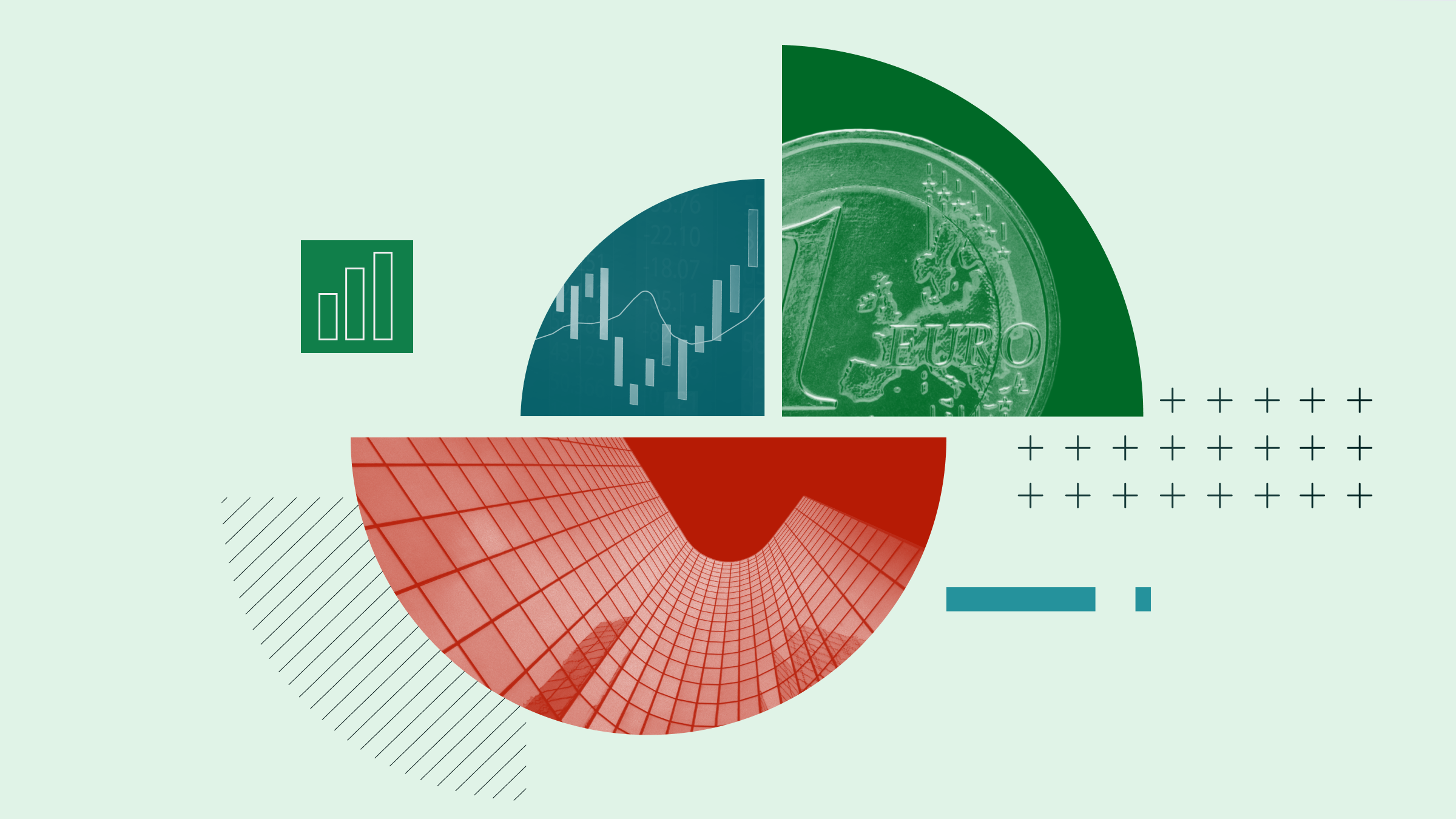Holly Black: Welcome to the Morningstar Investment Board. I'm Holly Black. Today, we're doing active versus passive investing. I shouldn't say versus. A lot of people talk about which is better or which is the right or wrong way to invest. Obviously, as with anything, investing, there isn't a right answer.
So, what does an active fund do? What does a passive fund do? An active fund is run by a fund manager. So, you've got someone making decisions about where to put your money, which stocks to invest in. A passive fund isn't making active decisions. It is passively following a chosen index. People say for simplicity sake they kind of say it's run by a computer. There's a little bit more to it than that. But effectively, active run by a manager, passive run by an algorithm.
What are the differences? One of the key differences is cost. This is why passive funds or tracker funds, as we sometimes call them, have got really popular because they are cheap. You can invest in a passive fund that follows the FTSE for about 0.06% a year, which is tiny. Active funds got a few wages to pay over here, so quite a bit more expensive, on average, 0.75%. Not the end of the world, but quite a lot more.
The other difference is, passive, very simple. You choose the index you want to follow. Maybe that's the U.K. stock market, the FTSE 100. Maybe it's the U.S. S&P 500. Maybe you just want to follow a particular sector or the oil price or the gold price. But you pick that and that is exactly what it does. Very simple and easy.
Active funds, on the other hand, will have a remit. So, you pick a fund that invests in U.K. companies or energy companies, but it's not just going to invest in all of them. So, active fund, you're going to need to do a bit more research to find out what that manager's strategy is, which sort of companies they like. Look under the bonnet to see actually what's in your fund.
Another element with that is keyman risk. Because when you're choosing a fund, you are choosing it because you agree with what that manager is doing. If they leave or they change strategy, that's a real risk that changes that fund.
One of the main pros of the active fund is it could outperform. It could do a lot better than all of its peers or its benchmark, the index that it's measured against. Equally, it could underperform if the manager makes bad stock choices and the companies he or she invests in don't do well. A passive fund will never outperform, but it will also never underperform. Instead, it will just do what the index you've chosen does. So, let's look at that on a chart. Maybe that will make it a little bit easier to consider.
So, let's say, we are following the FTSE 100. Let's say, its journey does that. So, passive fund, you are just paying it to follow exactly what it does. So, because of fees, it's always going to be slightly below, but it should follow the exact same shape. This manager, on the other hand, can do something very different. Maybe they chose some awesome stocks that outperformed here and then one of their companies bombed and then they pulled it back. So, this journey could be very different. You don't know how your fund is doing just based on the stock market. This bit where it outperforms here, that extra return above the market, that's called alpha, if you've ever wondered what that investment word means.
So, let's go back to fees for a second, because that is one of the main reasons you would choose a passive fund over an active fund. You need to weigh up how important is the cost versus how much do you believe that that fund manager can outperform for you. So, let's consider a £10,000 investment into the stock market. It goes up 10%. So, technically, right at that point you should have £11,000. But we have to pay our fees, don't we? So, if we have a passive tracker fund and that charges us 0.1%, 0.1% of £11,000 is £11. So, we take home £10,989. Now, if we choose an active fund and it charges, for example, 1%, we're paying £110 in fees of this £11,000, and we're actually then only left with £10,890. So, you're slightly out of pocket there. Now, what we would hope is that the manager outperforms, but he has to deliver 11%. He has to grow that £10,000 to £11,100 minus his 1% fee, which is £110, to get a better return than that passive. So, when you're choosing active funds versus passive, yes, simplicity, yes cost and yes how much do you think this person can outperform.






















